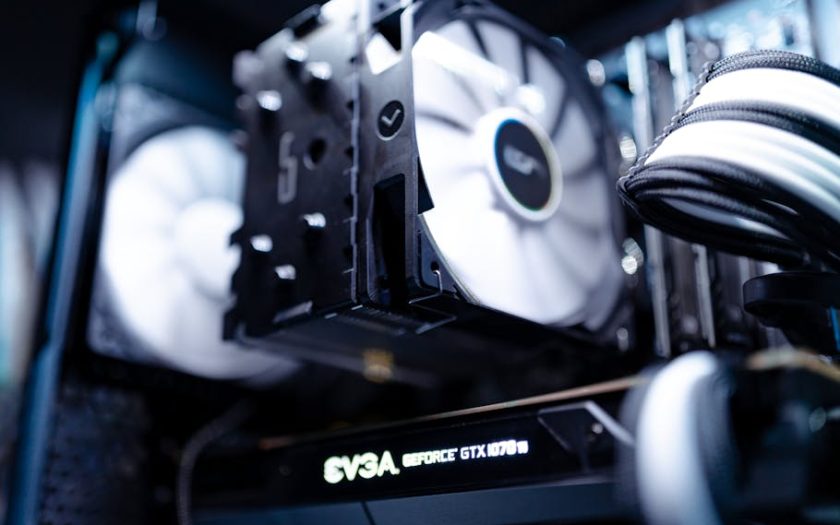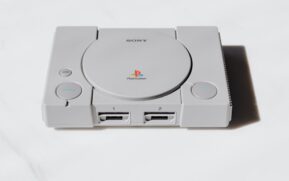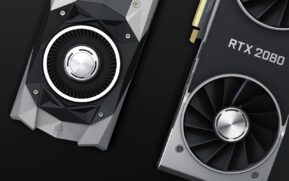
October 2025 is proving to be a pivotal month for the gaming hardware industry, marked by a significant evolution in portable gaming devices, advancements in AI integration, and a dynamic shift in CPU market share. The landscape is not just about new releases but also about how existing technologies are being redefined and adopted by consumers and developers alike.
The portable gaming revolution is in full swing, with devices like the ASUS ROG Ally X and Lenovo Legion Go 2 emerging as serious contenders in the high-performance gaming space. These handhelds are moving beyond being mere Nintendo Switch alternatives, offering legitimate PC gaming experiences that can be taken anywhere. This maturation of portable hardware is creating new opportunities across the entire gaming value chain, from cloud gaming services that become more compelling with powerful mobile devices, to game developers who must now optimize their creations for a wider array of form factors and input methods.
Artificial intelligence (AI) is increasingly becoming a central focus in gaming hardware development. The recent Tokyo Game Show highlighted this trend, with a significant portion of Japanese game studios already integrating AI into their development processes for tasks ranging from character design to narrative generation and coding. This adoption signals a future where AI-powered gaming PCs, notebooks, and handhelds will likely dominate future industry showcases, pushing the boundaries of what's possible in game creation and player interaction.
In the CPU market, AMD has continued to gain ground against Intel among Steam users, reaching a significant share of the market. This shift is largely attributed to AMD's gaming-focused X3D chips and competitive pricing strategies. Intel, on the other hand, faces the challenge of regaining momentum through more compelling product launches and strategic market adjustments, indicating a fierce rivalry that benefits consumers with more choices and performance.
The graphics card market is also seeing intense competition and innovation. While new GPU architectures are pushing performance boundaries, the importance of VRAM capacity is becoming increasingly critical for high-fidelity gaming experiences. Consumers are advised to consider the long-term implications of VRAM limitations, especially as games become more demanding. Furthermore, emerging connectivity standards like OCuLink are beginning to outperform established ones like Thunderbolt 5 in gaming benchmarks, signaling potential shifts in how gaming hardware connects and performs.
Looking ahead, the gaming hardware market is projected for substantial growth, with estimates suggesting a 35% increase in 2025, reaching $44.5 billion. This expansion is driven by a combination of factors, including mandated hardware upgrades for operating systems, the increasing demand for high-end gaming experiences, and the continued appeal of PC gaming despite the rise of consoles and mobile platforms. The industry is adapting to these changes, with a notable trend of gamers opting for new prebuilt systems to meet evolving requirements.
77 People Are Viewing This News Right Now



